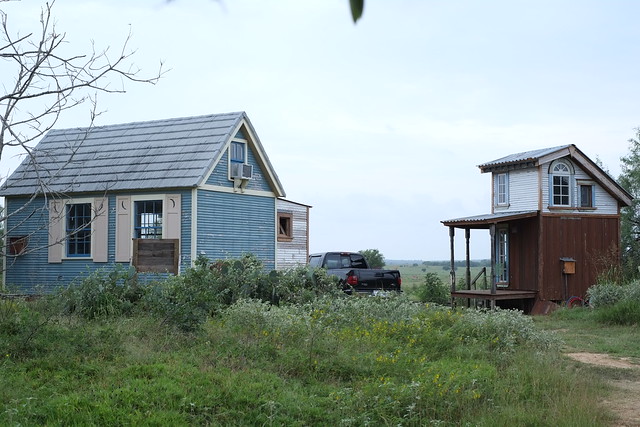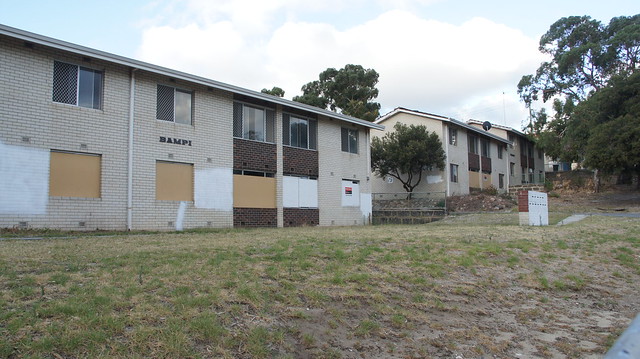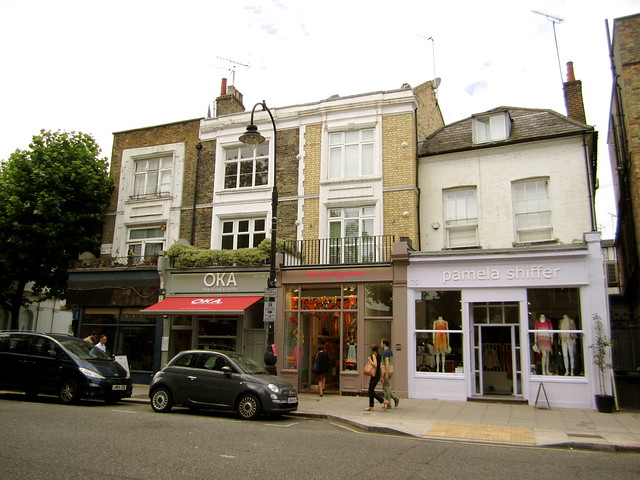Aren’t They Just Mobile Homes?
A new craze hit the 1960’s. It was a new kind of house. They looked modern and sleek, small and inexpensive. Best of all they were mobile, so you could move anywhere you want, and your environmental impact was minimal. They were called “mobile homes” and they were the future of residential living.
The history of architecture is full of irony. The trailer park today is stereotypically low-class conservatives. But lately there has been a resurgence of the mobile home, especially among the millennial generation, only now it is called a microhouse or small house. They are sold as 200 sqft homes that can be easily moved around and are cheap to buy. Basically, they are mobile homes dressed up to look more like traditional houses. (Shh, don’t tell anybody!)
Housing Projects Are Still A Bad Idea
Modernists just don’t learn. Years after Jane Jacobs warned us about the dangers of low-income housing, and decades after housing projects were bulldozed, they want to try it again. The media praises a “genius” project to build tax-subsidized communities for low-income and homeless people. Basically, a mobile home park. (Shh, don’t tell anybody!)
The reason they don’t work is because they isolate minority, welfare-dependent communities. You can’t just throw a community like this on an island and expect them to sort it out.
True, the failure of low-income housing has been linked to the size of the development. A smaller, more local community should do better. But consider the cost. At $60,000 to build and $350/month to maintain, these units are not cheap. At least the housing projects of the 1960’s were built economically.
Radically Different Houses Look Bad
Failing to learn from Amsterdam’s mistake, England decided to build these same kind of communities for the homeless. Old shipping containers were recycled as small houses for low-income people, mainly immigrants. But surprise, surprise it turned into a miserable ghetto. Construction was shoddy, cost skyrocketed, and crime was out of control.
The problem is the very reason all these modern intellectuals, who don’t actually have to live in these communities themselves, are so entranced by the idea. The houses look radically different from other communities. This furthers the isolation of these minorities. You can pretty up a mobile home or metal shipping container all you want but it is still a shipping container.
Furthering Our Narcissistic Culture
Western civilization is terribly narcissistic. In the West, great architecture is the building that stands out. Eastern societies consider great architecture the building that fits in. And coincidentally such societies like Japan have lower crime rates.
Problems arise when buildings stick out for the sake of sticking out, the Frank Gehry effect. One of the chief points of architecture design is to integrate into the typology of the existing environment. Tiny homes don’t do this. You might fool yourself into thinking it is a low impact building because of its small size, but the truth is it has a great impact because its scale is so different.
The romantic inside the modern Hipster likes the minihouse because it makes him feel like less of a narcissist. He gets to be novel and different in his tiny home yet claim he is taking up little space and making a small environmental impact. Even better, he is living like the low-income and homeless do.
Solution: Mixed Housing
The solution today is what the solution has always been. New Urbanism puts low-income next to middle and high income, mixing residential with commercial and other building types. Greater detail in the built environment, not just some prettied up mobile houses, but actual experiencial consideration will lead to successful social integration.




